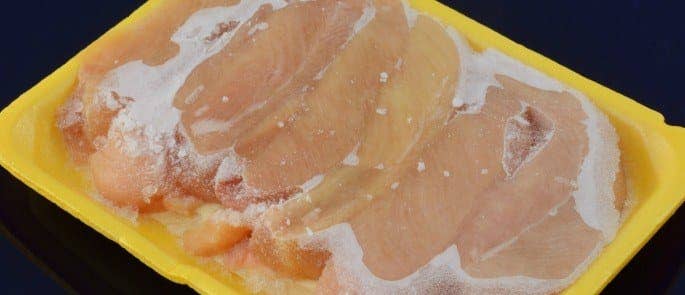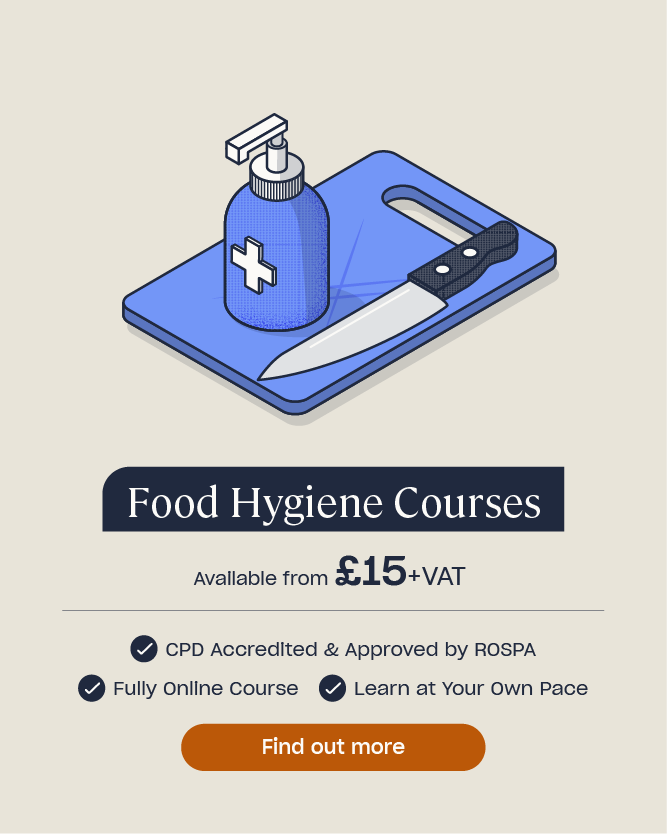How to Defrost Food Safely
Knowing how to defrost food properly is essential for ensuring you eat safe food and avoid illness.
When you freeze food, the bacteria inside it becomes dormant from the cold temperature. Usually, this bacteria is destroyed when you cook the food properly. However, if you haven’t defrosted the food properly, the suggested cooking time may not be enough to destroy the bacteria. This means that, when you eat it, you’re at risk of food poisoning and other food-borne illnesses. Therefore, it’s important that you know how to safely defrost all types of food.
Defrosting Ready-Cooked Foods
If you have previously cooked food in batches to reheat at a later date (such as bolognese, chilli con carne or pasta bake), make sure that it is fully defrosted before re-heating.
- Ensure the centre of the food is fully thawed and contains no ice crystals.
- It is recommended that you defrost ready-cooked foods in the fridge overnight or use the ‘defrost’ setting on a microwave.
- When freezing cooked food, freeze it in smaller portions to reduce the amount of time it will take to thaw.
- Defrost cooked foods separately from raw meat to reduce the risk of contamination.

Defrosting Poultry Safely
When defrosting poultry, such as chicken, turkey or duck, extra care must be taken. Here are our top tips for defrosting poultry:
- Defrost the poultry away from other foods to prevent the other foods from becoming contaminated with any thawed liquid.
- Make sure that the meat is fully defrosted before cooking – the meat will be soft, flexible and free from ice crystals.
- Once you have thawed the poultry it must be cooked within 24 hours.
- Keep defrosted poultry refrigerated if you are not cooking it immediately to control the growth of harmful bacteria.
Defrosting Meat Safely
When thawing raw meat and poultry, ensure that it takes place in a separate area from other foods. This will prevent other foods from becoming contaminated with any harmful bacteria contained within the raw meat as it begins to defrost – for example, there could be a risk that liquids from the meat drip onto the other foods.
How to defrost meat in water:
- Place the frozen meat in a sealed bag or leave it in its original airtight packaging.
- Submerge the meat in cold water, changing the water every 30 minutes to ensure it remains cold.
1.5-2 kg of meat should fully defrost in approximately 2-3 hours.

Defrosting Fish
Defrosting fish should be carried out in the fridge overnight as room temperature can encourage the growth of bacteria. Ensure the fish is wrapped and kept away from uncooked foods to avoid contamination.
- 100g of fish will take approximately 1-2 hours to defrost.
- Avoid using a microwave to defrost fish as it can dry it out.
- Once defrosted, consume the fish within 48 hours.
General Guidance for Thawing Food
Thawing frozen food safely is essential to ensure that the growth of harmful bacteria is controlled. Thawing is best carried out at temperatures between 10°C and 15°C, such as a cool and shaded area of the kitchen or in the fridge. Thawing can also be carried out by placing food under cold running water or in the microwave, although in this case make sure that the food defrosts evenly and does not begin to cook.
Once thawed, food must be placed under refrigeration or cooked immediately to control the growth of bacteria.

Things to Remember
- Thawing is best carried out at temperatures between 10°C and 15°C.
- Thawing can also be carried out by placing food under cold running water.
- Defrost ready-cooked foods in the fridge overnight where possible.
- When defrosting food in a microwave, check for uneven heating which can cause certain parts of the food to remain frozen whilst other parts are fully defrosted.
- Thaw fish in the fridge and not at room temperature to avoid bacteria growth.
- Keep raw and cooked foods separate when defrosting to avoid contamination.
- Never re-freeze defrosted food.
Further Resources:
- How Often Should I Renew My Food Hygiene and Safety Certificate?
- How to Store Food in the Freezer
- Level 3 Food Hygiene Quiz
- Do You Know Which Fridge Shelves You Should Store Your Food On?
- How to Defrost a Freezer
- Level 2 Food Hygiene and Safety Course







